.jpg)
What Eats Blister Beetles
- Blister beetles are herbivores that feed on plants and can have a significant impact on gardens and crops.
- Natural predators play an important role in controlling blister beetle populations.
- Identification, monitoring, and integrated pest management techniques are essential for controlling blister beetles.
Blister beetles are intriguing insects that have intrigued entomologists and researchers due to their unique characteristics and behaviors.
These beetles belong to the Meloidae family and are known for their bright colors and ability to secrete a toxic compound called cantharidin.
This compound defends against predators and can cause irritation, blisters and even death if ingested.
Certain animals can withstand the irritant and consume blister beetles.
The loggerhead shrike and eastern bluebird are birds that have evolved to handle cantharidin.
Black-tailed prairie dogs are rodents that can endure the toxicity of cantharidin.
Scientists investigate how these creatures manage to tolerate the poison, which could lead to medical applications.
Reptiles, amphibians and invertebrates are also known to consume blister beetles.
These include snakes, frogs, toads and certain species of spiders. This is important for ecological balance in their habitats.
The loggerhead shrike is called the ‘butcher bird‘ as it stores its prey on thorns or barbed wire fences.
It shows resourcefulness and adaptation when consuming blister beetles.
Overview of Blister Beetles
Blister beetles, fascinating creatures with unique characteristics and ecological significance.
In this overview, we’ll explore their description and behavior, their distribution and habitat, as well as their intriguing life cycle.
Brace yourself for a closer look into the fascinating world of blister beetles!
Description and Behavior of Blister Beetles
Blister beetles are quite the unique insects!
They release a toxic substance called cantharidin as a defense mechanism. With their soft wings and elongated bodies, they can move quickly.
These beetles come in a variety of colors, such as black, gray, yellow, or metallic green.
They are often found near flowering plants, where they feed on nectar and pollen.
Their habitats range from grasslands to deserts to forests to agricultural fields.
Blister beetles go through a complete metamorphosis, from egg to larva (triungulin), pupa, and adult beetle.
As herbivores, they feed on leaves, flowers, and fruits.
Beetles can have big impacts on gardens and crops, especially when their populations are high.
Natural predators like birds, rodents, reptiles, and other insects help control blister beetle populations.
To manage these beetles, it is best to monitor them and use cultural practices such as crop rotation and pest-resistant plants.
Chemical pesticides should only be used in extreme cases.
Blister beetles may roam around, but they love sunny spots where they can show off their amazing defense mechanism!
Distribution and Habitat
Blister beetles have an extensive distribution.
They have adapted to many regions and habitats. In North America, they are commonly found in grasslands.
Forests in Europe are home to them.
African deserts are a habitat for them. Asia’s agricultural fields are where they can be frequently spotted.
The table below further illustrates this:
| Geographic Region | Habitat |
|---|---|
| North America | Grasslands |
| Europe | Forests |
| Africa | Deserts |
| Asia | Agricultural fields |
Feel free to modify the table structure or styling as needed. Let me know if there’s anything else I can help you with!
Blister beetles display incredible adaptability. Amazingly, they can be found on all continents except Antarctica.
This reveals their versatility as a species.
Life Cycle of Blister Beetles
Female blister beetles lay eggs in soil or on plants. These eggs hatch into triungulin larvae.
Triungulins are very active, often hitching rides on other bugs.
They attach themselves to hosts and feed off their eggs or larvae.
After molting multiple times, the larvae turn into legless grubs. They feed voraciously until pupating and emerging as adult beetles.
Blister beetle larvae look like caterpillars with body segments and six legs. As they grow, their bodies become longer and cylindrical. In adulthood, they have a hard exoskeleton and wings.
These larvae can release toxins that cause blisters and irritation. This defends them from threats in their environment.
Fun Fact: Blister beetles belong to the Meloidae family.
Diet and Feeding Habits of Blister Beetles
Blister beetles have intriguing eating habits – from being herbivores to causing potential damage to gardens and crops.
Let’s dive into the diet and feeding habits of these fascinating creatures, understanding their role as herbivores and the impact they can have on our gardens and crops.
Blister Beetles as Herbivores
Blister beetles, also called cantharids, are plant eaters.
They have mandibles to chew and consume plant material.
These bugs are highly adapted to being herbivores with strong mouthparts and saliva helping them digest the harder parts of plants.
Their diet is mainly vegetation, which makes them important for ecosystems.
Blister beetles are also pollinators. When they feed on nectar and pollen, they spread it from one flower to another.
This helps plants reproduce. They also influence plant communities by choosing what they eat.
Gardens and crops may be affected by blister beetles. If they group in large numbers, they can damage or defoliate plants.
To prevent this from happening, management strategies are needed.
This includes checking population levels, using integrated pest management techniques, and chemical or biological control methods.
Impact of Blister Beetles on Gardens and Crops
Blister beetles cause major problems in gardens and crops.
These veggie-munching bugs eat veggies, fruits, and ornamental flowers.
Their enormous appetites can leave vegetation destroyed.
What makes these bugs especially dangerous is the compound they release called cantharidin.
It’s toxic and can cause blisters or irritation if touched by humans or animals, or if eaten.
In large numbers, these beetles can strip plants and devastate crop yields.
Gardeners and farmers must be on the lookout for them and take action to prevent infestations.
Blister beetles have a huge effect on gardens and crops. Their feeding habits, plus cantharidin, can lead to damage and health risks.
Proactive management is key for farmers and gardeners to protect agricultural productivity.
Natural Predators of Blister Beetles
Blister beetles beware! Discover the natural predators that keep these troublesome pests in check.
From fearless animals that prey on blister beetles to the crucial role predators play in controlling their populations, explore the fascinating world of blister beetle predation.
Get ready to uncover the remarkable strategies and tactics employed by nature’s own pest control agents.
Say goodbye to blister beetle infestations as we delve into the world of their natural enemies.
Animals that Prey on Blister Beetles
Don’t mess with the predators! They act as bouncers of the beetle club, controlling blister beetle populations and maintaining ecological balance.
Birds like sparrows, blackbirds, and starlings actively seek out blister beetles as food. Reptiles like lizards, with insectivorous diets, catch and consume them in their natural habitats.
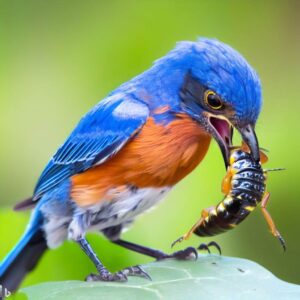
Small mammals like shrews and hedgehogs have sharp teeth and agile hunting abilities that enable them to catch and eat these insects.
Predatory control is vital for managing blister beetle populations and sustaining ecosystems.
Role of Predators in Controlling Blister Beetle Populations
Predators are essential for keeping blister beetle populations at a manageable level. Birds such as sparrows, larks, and swallows have been known to eat them.
Reptiles like lizards and turtles also prey upon blister beetles. Even some mammals, such as hedgehogs and shrews, feed on these insects.

Predators prevent excessive damage to gardens and crops caused by the feeding habits of blister beetles.
Keeping their population in check reduces their negative impact on agricultural systems.
Thus, predators are key to maintaining ecological balance. The right control measures can stop these herbivorous insects from causing too much trouble.
A real blistering headache awaits them!
Control and Management of Blister Beetles
Controlling and managing blister beetles is essential for protecting crops and livestock.
In this section, we will explore effective methods and techniques to combat these pests.
From identifying and monitoring blister beetles to implementing prevention and integrated pest management strategies, as well as considering chemical and biological control options, we will equip you with the necessary knowledge to mitigate the damage caused by these troublesome insects.
Identification and Monitoring of Blister Beetles
Identifying and monitoring blisters beetles is essential for successful pest control.
They have an elongated body shape, distinct coloration patterns, and when threatened they produce a blistering fluid.
To monitor them, you can use visual surveys, trapping, or pheromone traps to assess their population numbers and movements.
Through regular identification and monitoring, early detection and intervention is possible to avoid damage to gardens and crops.
Prevention and Integrated Pest Management Techniques: To stop blister beetles from crashing your garden party, here’s what to do. Identify them by their shape, color, and secretion.
Utilize visual surveys, trapping methods like light and pitfall traps, or pheromone traps. Monitor their presence and movements regularly.
Detect infestations early with proactive measures. Analyze population levels over time to implement effective control measures.
Finally, use targeted strategies to minimize pesticide use while maximizing effectiveness.
Prevention and Integrated Pest Management Techniques
Preventing and managing pests such as blister beetles is key. To do this, use integrated pest management techniques. This involves:
- Inspecting plants for signs of blister beetles.
- Using cultural practices to discourage them.
- Creating physical barriers to keep them away.
- Helping natural predators by providing habitat.
- Applying insecticides wisely, targeting pests only.
- Educating gardeners and farmers about blister beetles.
Integrated pest management reduces the need for chemical control, thus supporting ecosystem health. It also requires monitoring and adapting strategies, to reduce blister beetle impact on gardens and crops.
Did you know? There are over 2,500 species of blister beetles worldwide.
Chemical and Biological Control of Blister Beetles
Blister beetles are known to ruin gardens and crops with their destructive eating habits.
Chemical and biological approaches can be used to reduce their population and lessen the damage caused.
- Chemical Control: Pesticides, such as pyrethroids and carbamates, can be used to kill the beetles on contact. Applying these to targeted plants and crops can control the beetle population.
- Biological Control: Natural predators, like birds and rodents, can help reduce blister beetle numbers by feeding on them. Encouraging the presence of these predators in agricultural areas can assist in managing infestations.
- Integrated Pest Management (IPM): IPM techniques utilize a combination of strategies to control pests with minimal environmental effect. This includes pheromone traps, crop rotation, companion planting, and introducing parasitic wasps to target the beetle eggs.
- Evaluation of Control Methods: Continuously evaluating the effectiveness of control methods is necessary. Regular monitoring of populations and assessing the impact on target species is essential.
- Sustainable Practices: Sustainable farming practices, such as using organic insecticides or promoting biodiversity, can assist with long-term beetle control without harm to the environment.
Chemical control can provide quick relief, but combining this with biological controls and sustainable practices is the ideal way to limit the damage caused by blister beetles.
Integrated approaches enable gardeners and farmers to manage beetle infestations effectively.
Conclusion
All in all, predators such as birds, reptiles, amphibians and other insects consume blister beetles, even though they contain toxic compounds.
Adaptations have evolved in order to tolerate or neutralize the effects of cantharidin, so these predators can eat the beetles.
This predator-prey relationship illustrates the intricate dynamics of ecosystems and the co-evolution of different species.
Some Facts About What Eats Blister Beetles:
– Blister beetles are a common food source for several species of birds, including birds such as woodpeckers, swallows, and sparrows.
These birds feed on blister beetles to obtain essential nutrients and energy.
– Some predatory insects, such as assassin bugs, are known to feed on blister beetles.
Assassin bugs have a needle-like mouthpart that they use to pierce and suck the body fluids of blister beetles.
– Some species of spiders also prey on blister beetles.
They capture and immobilize blister beetles with their silk webs, and then inject digestive enzymes to consume their body fluids.
– Mammals such as shrews, hedgehogs, and some rodents are known to eat blister beetles.
These animals typically crush the beetles with their teeth and feed on the exposed body fluids.
– Some reptiles, such as lizards and turtles, are also known to consume blister beetles.
These reptiles use their sharp teeth to crush the beetles and feed on their body fluids.
FAQ
What eats blister beetles?
Answer: Blister beetles have several natural predators, including birds, rodents, reptiles, and other insects.
Check out What Do Asian Beetles Eat for an example!
They are also preyed upon by parasitic wasps and flies that lay their eggs on the beetles or their larvae.
Can blister beetles cause harm to plants?
Answer: Yes, blister beetles can harm plants. They feed on a variety of plants, including leaf crops, plant blossoms, landscape flowers, and hay crops.
Their feeding can cause significant damage to gardens and field crops.
What are the poisoning symptoms in animals that ingest blister beetles?
Answer: Animals that ingest blister beetles can experience symptoms such as gastrointestinal irritation, reduced digestive ability, colic, frequent urination, and potential damage to the digestive and urinary tract.
In severe cases, blister beetle poisoning can be fatal.
Are organic solutions available to control blister beetles?
Answer: Yes, there are organic solutions available to control blister beetles.
Diatomaceous earth can be spread around plants or used as a barrier. Handpicking beetles and using row covers can also be effective.
Biopesticides containing Spinosad can be used as a natural control method.
Where are blister beetles commonly found?
Answer: Blister beetles are found in various regions across the United States, the West Indies, and South and Central America.
They are most active from June to September, with July being the peak month.
How can I find the best product to control blister beetles?
Answer: It is recommended to consult a pest management professional to determine the best treatment for controlling blister beetles.
They can provide guidance based on specific conditions and the severity of the infestation.
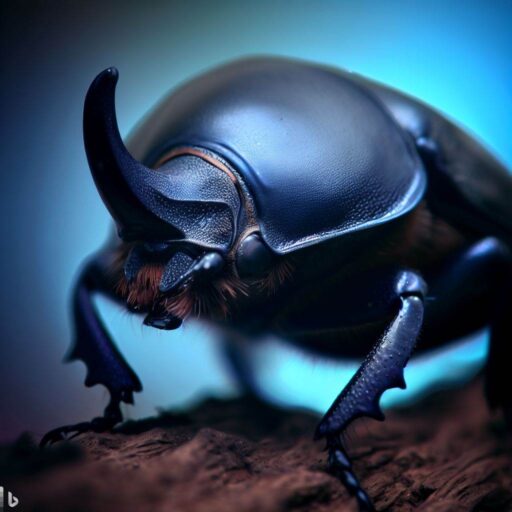
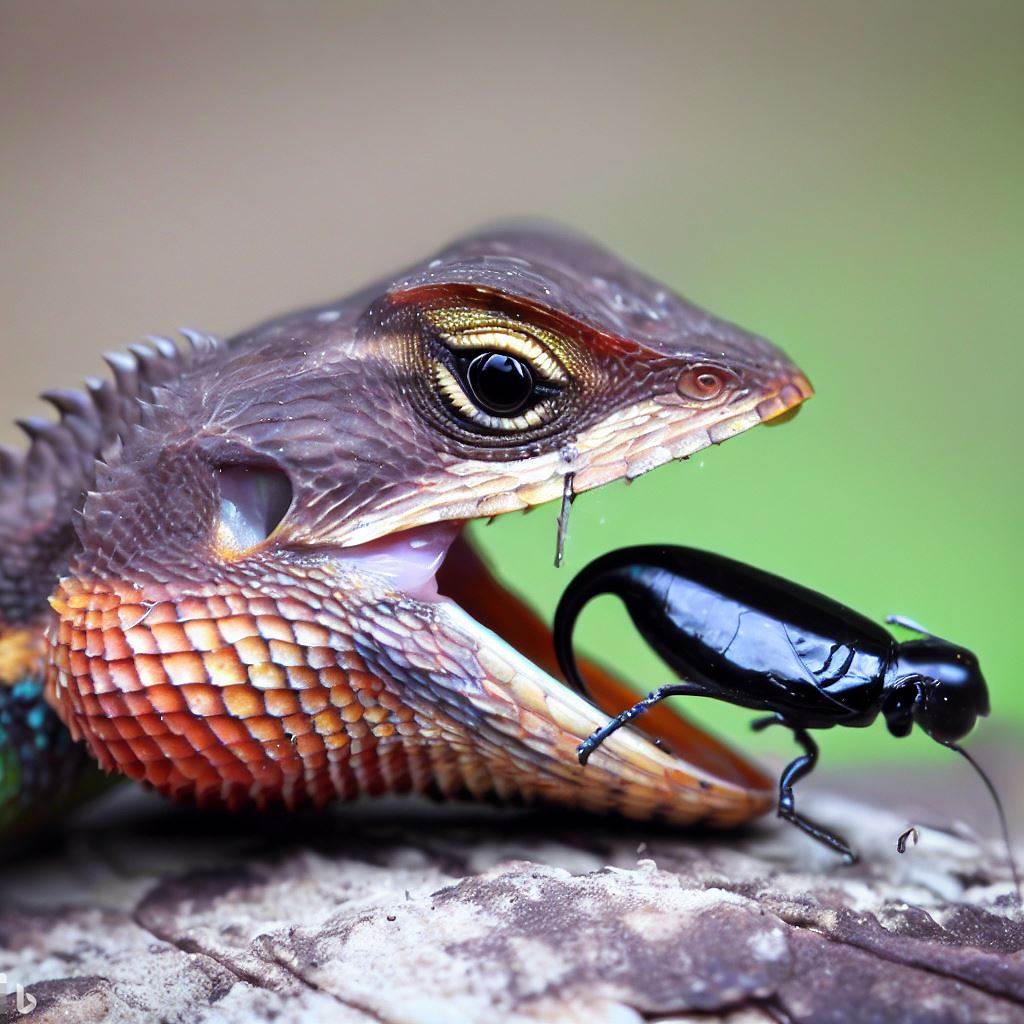
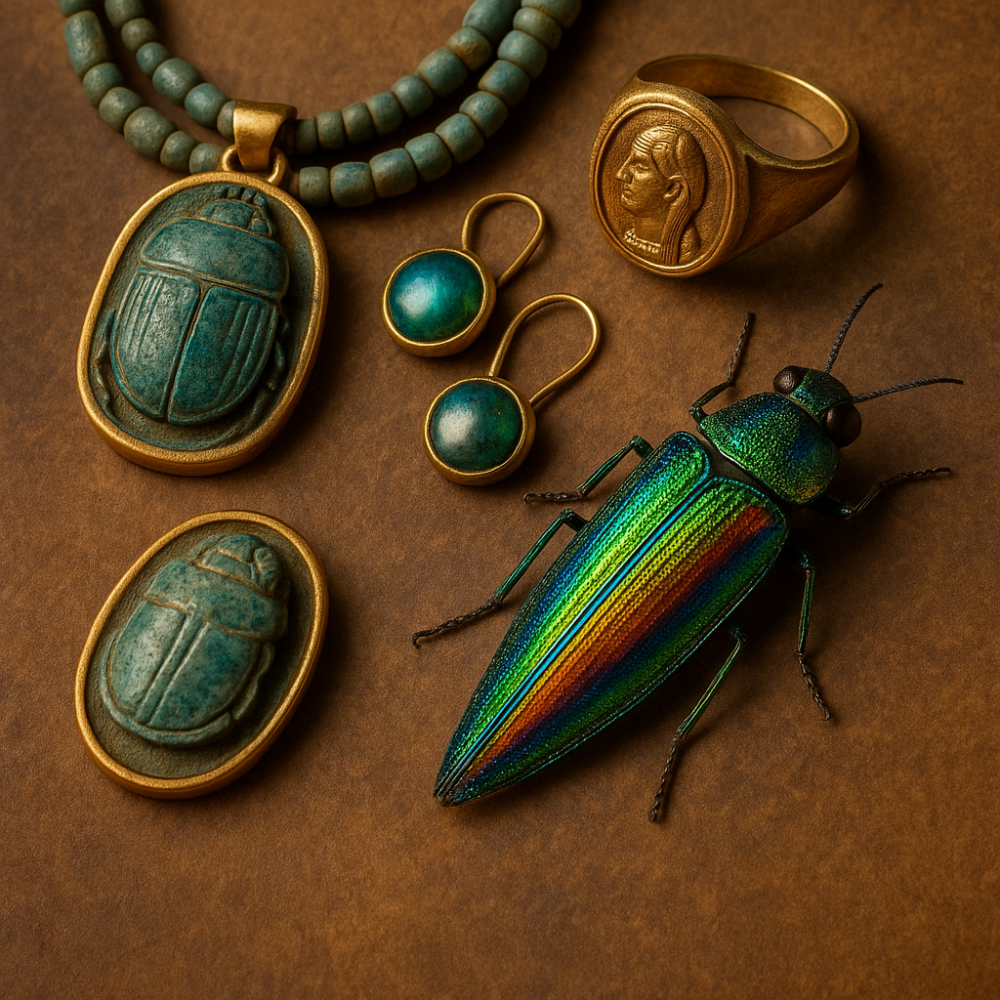

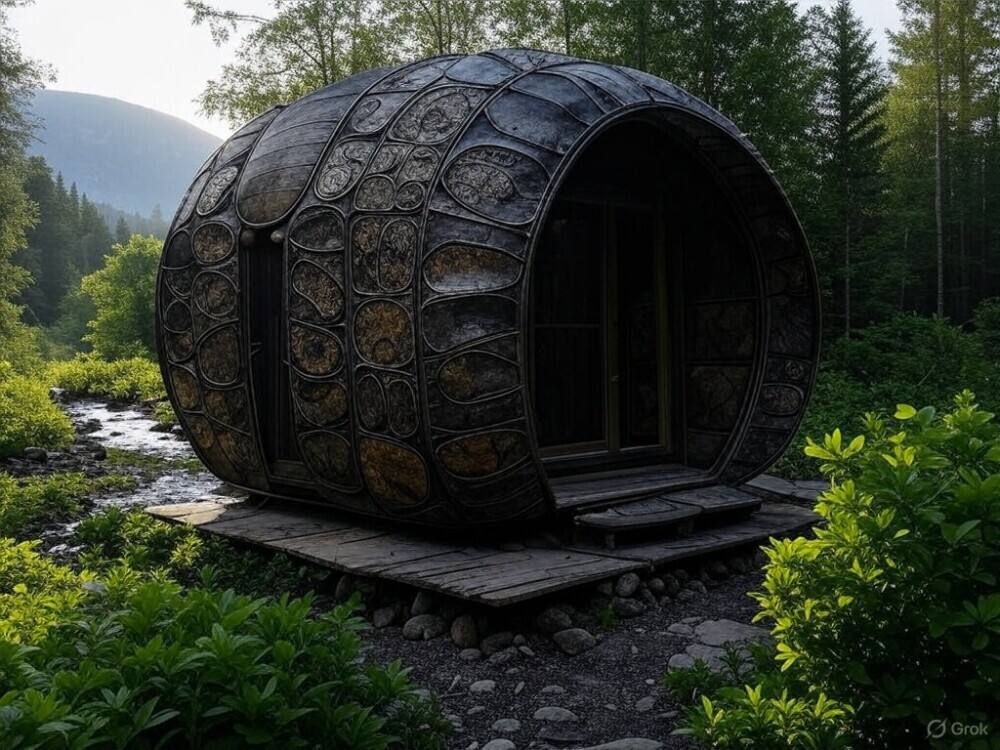
Leave a Reply